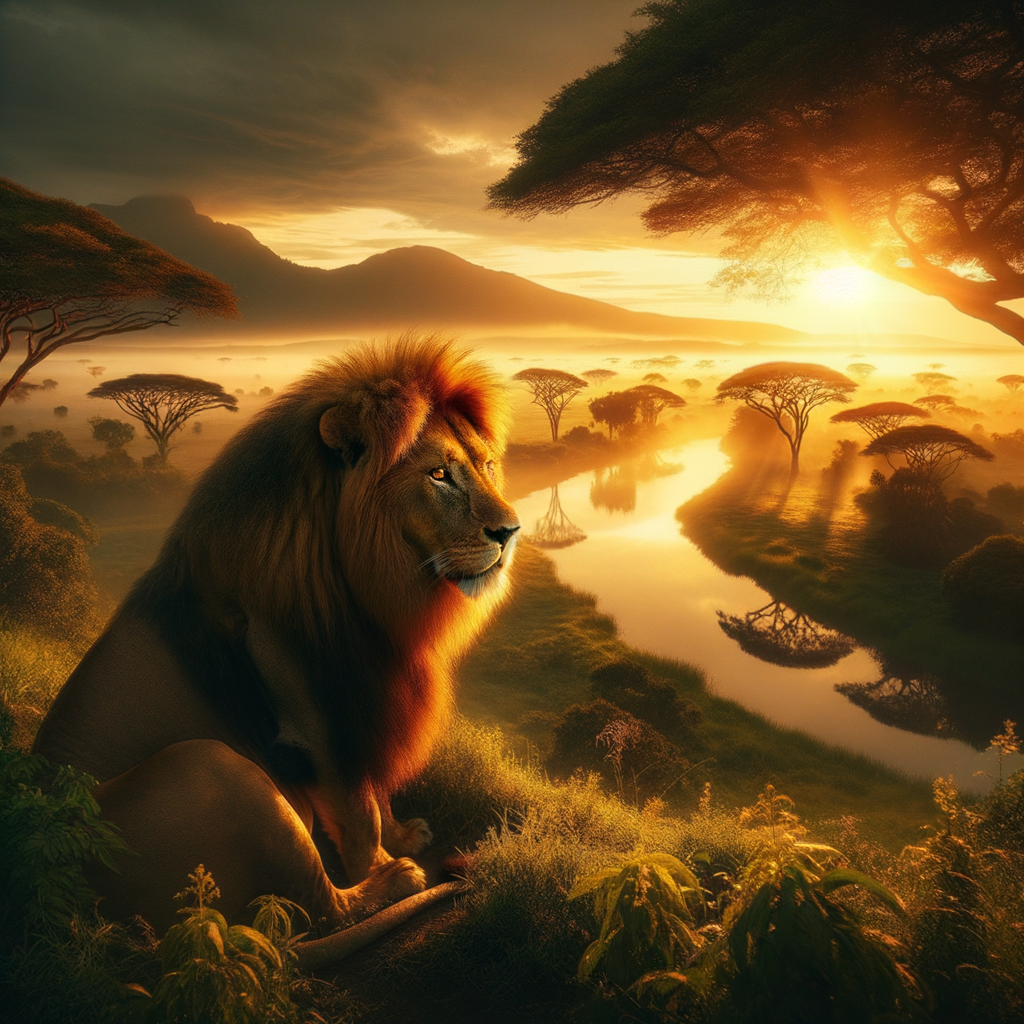
Photographing wildlife is a unique and thrilling endeavor that allows you to capture incredible moments from the lives of other creatures. However, this task requires specific skills and knowledge to achieve truly impressive results. In this article, we will explore the essential techniques to help you master the art of wildlife photography.
When it comes to photographing wildlife, preparation is the first step towards success. You need to research the habitat and habits of the animals you plan to photograph. This will not only help you understand where and when to expect them, but also anticipate their behavior, which is especially important for safe and successful shooting.
Choosing the right equipment is also crucial. For most wildlife shoots, you'll need at least a telephoto lens, which allows you to capture images from a distance without disturbing the animals. A tripod for image stabilization and a camera with a high shooting speed to capture the moment are also beneficial.
Your camera settings will depend on the specific shooting conditions. However, there are some universal tips: use a fast shutter speed to capture the movement of animals, and set ISO to higher values when shooting in low light conditions to avoid blurry images.
Post-processing of the images is also important for the final result. This may include adjusting the white balance, correcting lighting, and cropping the frame for better focus on the subject.
The most important aspect is an ethical attitude towards animals and their habitats. Respect nature and try to minimally interfere with the natural course of things. By photographing with care and respect, you will not only get amazing shots but also preserve their uniqueness and natural beauty.


